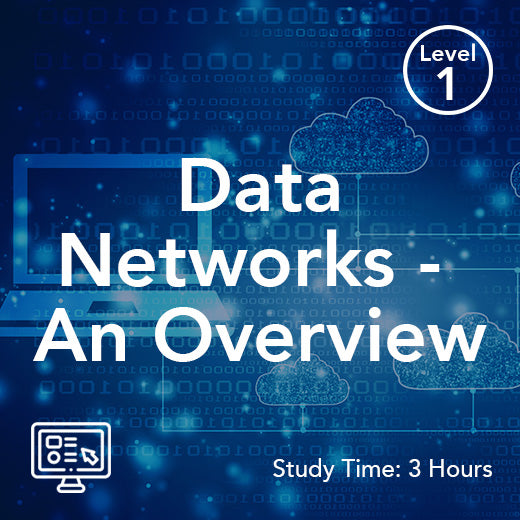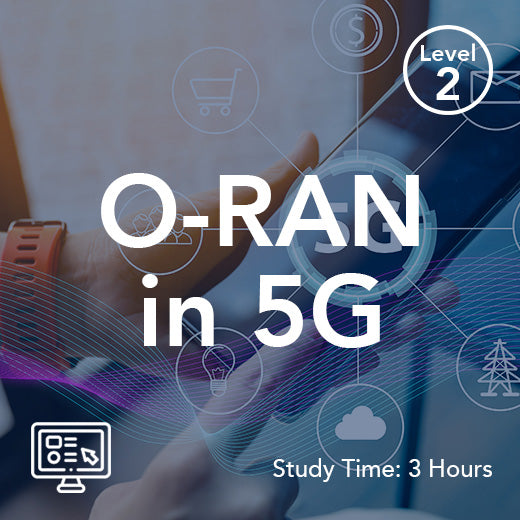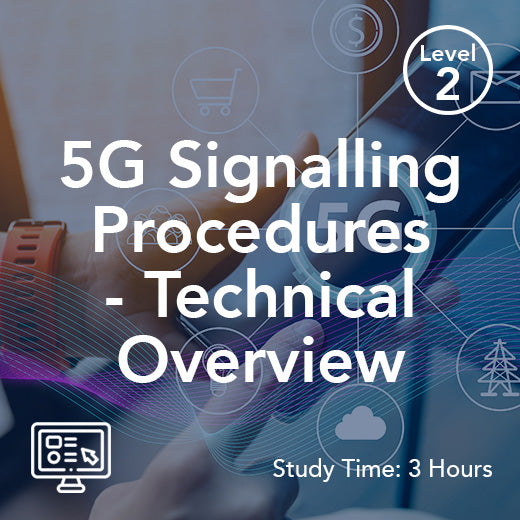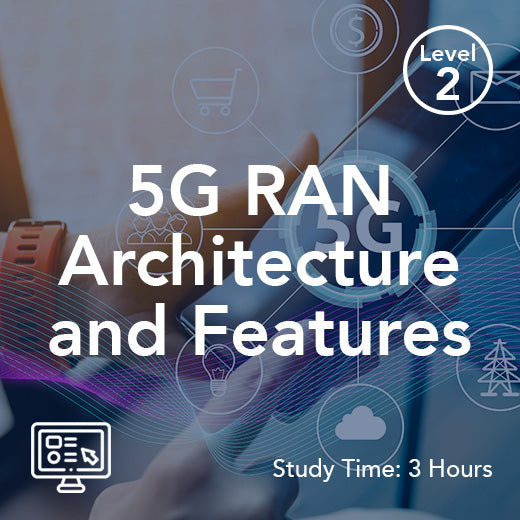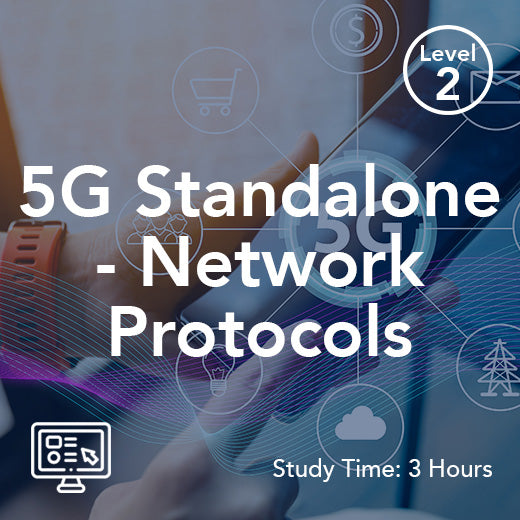Nnrf
- , by Stephanie Burrell
- 1 min reading time
5G Yeni Nesil Çekirdek (5G NGC) Ağ Fonksiyonu Hizmetleri (Nnrf), yüksek hızlı, düşük gecikmeli ve son derece güvenilir iletişim hizmetlerinin sunulmasını sağlamada önemli bir rol oynayan 5G mimarisinin temel bir bileşenidir. Nnrf, mobilite yönetimi, oturum yönetimi ve abone veri yönetimi gibi 5G ağının işletimi için gerekli olan ağ fonksiyonlarını ve hizmetlerini sağlamaktan sorumludur.
Nnrf'nin temel özelliklerinden biri, operatörlerin tek bir fiziksel ağ altyapısı üzerinde birden fazla sanal ağ oluşturmasına olanak tanıyan ağ dilimlemeyi desteklemesidir. Bu, operatörlerin müşterilerine özel ihtiyaç ve gereksinimlerine göre farklılaştırılmış hizmetler sunmalarını sağlar. Örneğin, operatörler gelişmiş mobil geniş bant, ultra güvenilir düşük gecikmeli iletişim ve büyük makine tipi iletişim gibi farklı uygulama türlerini karşılamak için farklı hizmet kalitesi seviyelerine sahip ağ dilimleri oluşturabilirler.
Nnrf'nin bir diğer önemli yönü, operatörlerin ağ işlevlerini ve hizmetlerini bulut altyapısındaki kapsayıcılarda çalışan mikro hizmetler olarak dağıtmalarına olanak tanıyan bulut tabanlı mimariyi desteklemesidir. Bu, operatörlere ağ kaynaklarını talebe göre artırma veya azaltma esnekliğinin yanı sıra yeni hizmet ve uygulamaları hızla dağıtma çevikliği sağlar.
Ayrıca, Nnrf, donanım veya yazılım arızaları durumunda kesintisiz çalışmayı garanti altına almak için yerleşik yedeklilik ve devreye alma mekanizmalarıyla son derece dayanıklı ve hataya dayanıklı olacak şekilde tasarlanmıştır. Bu sayede, operatörlerin beklenmedik kesintiler veya kesintiler durumunda bile müşterilerine son derece güvenilir iletişim hizmetleri sunmalarına yardımcı olur.
Genel olarak Nnrf, operatörlerin müşterilerine yüksek performanslı, son derece güvenilir ve ölçeklenebilir iletişim hizmetleri sunmalarını sağlayan 5G mimarisinin kritik bir bileşenidir. Operatörler, Nnrf'nin yeteneklerinden yararlanarak pazarda farklılaşabilir, yeni gelir akışları yaratabilir ve 5G çağında müşterilerinin değişen ihtiyaçlarını karşılayan yenilikçi hizmetler sunabilirler.














